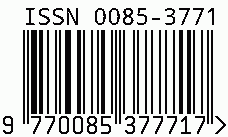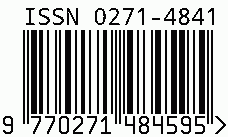EFISIENSI ALOKATIF PENGGUNAAN FAKTOR-FAKTOR PRODUKSI PADA USAHATANI PADI SAWAH DI KECAMATAN KUPANG TENGAH KABUPATEN KUPANG
Abstract
This research has been carried out in Kupang Tengah District, Kupang Regency in July-August 2019, with the aim to determine the effect of the use of production factors and allocative efficiency level of their use on lowland rice farming in Kupang Tengah District, Kupang Regency. The selection of research location was conducted purposively with the consideration that Noelbaki Village is the producer of paddy rice with the largest land area in Kupang Tengah District and is supported by the existence of both technical and simple irrigation systems. The research sampel was taken by proportional random sampling of 9 land owners and cultivator farmers and 67 cultivator farmers from 321 rice farmers.
The results showed that the factors of production at the same time significantly affected the production of lowland rice. While partially, land area variable (X1), NPK fertilizer (X3), SP36 fertilizer (X4), urea fertilizer (X5), capital (X8), and dummy superior seed varieties (XD1) significantly affect paddy rice production, whereas seed variables (X2), pesticides (X6), labor (X7) and dummy land ownership status (XD2) variables are not significant in influencing lowland rice production. Allocative efficiency analysis shows that the use of land production factors, pesticides and capital is not efficient so it is necessary to increase its use. While the factors of seed production, NPK fertilizer, SP36 fertilizer, urea fertilizer and labor production factors are inefficient so their use needs to be reduced.

 Meylan K. Taebenu(1*)
Meylan K. Taebenu(1*)














